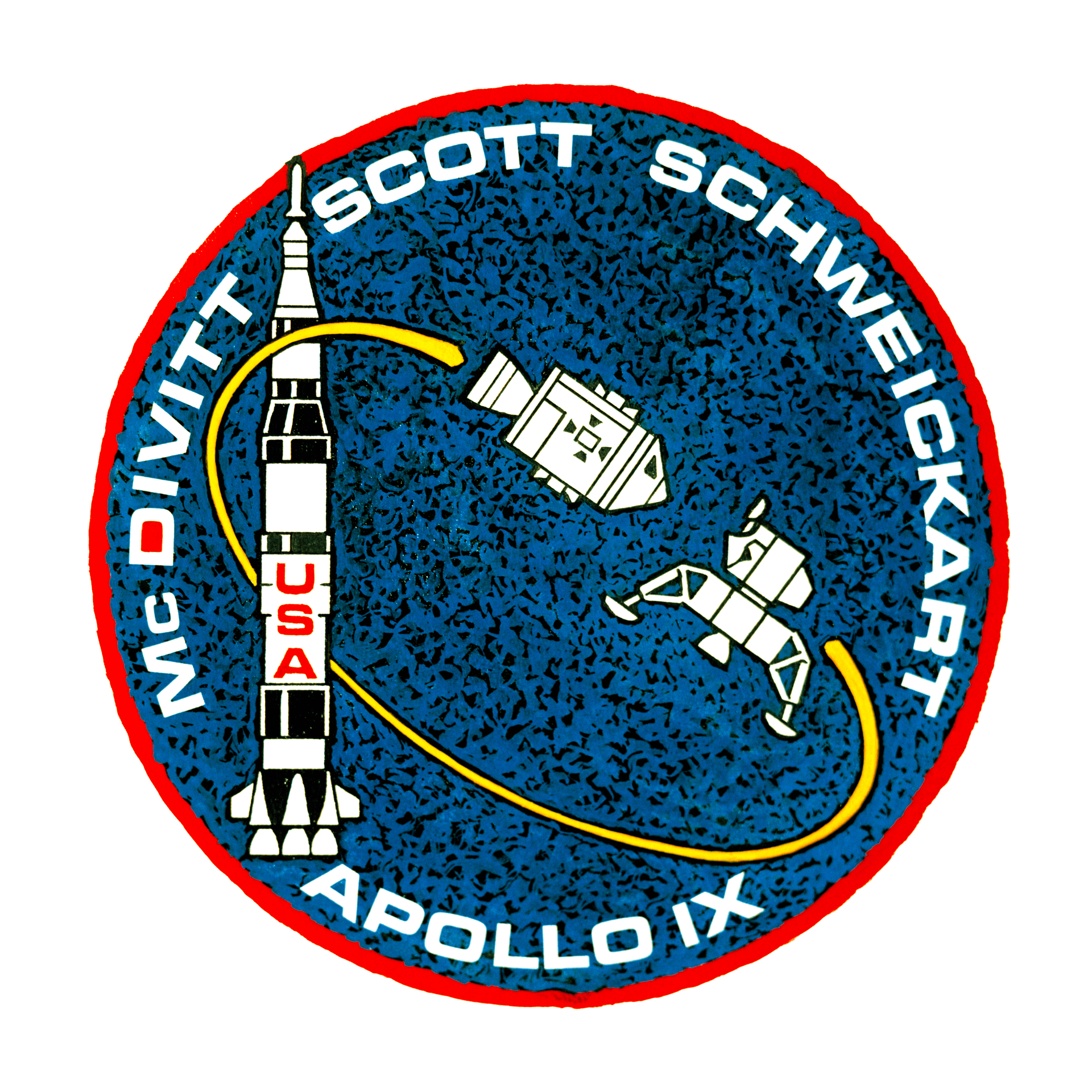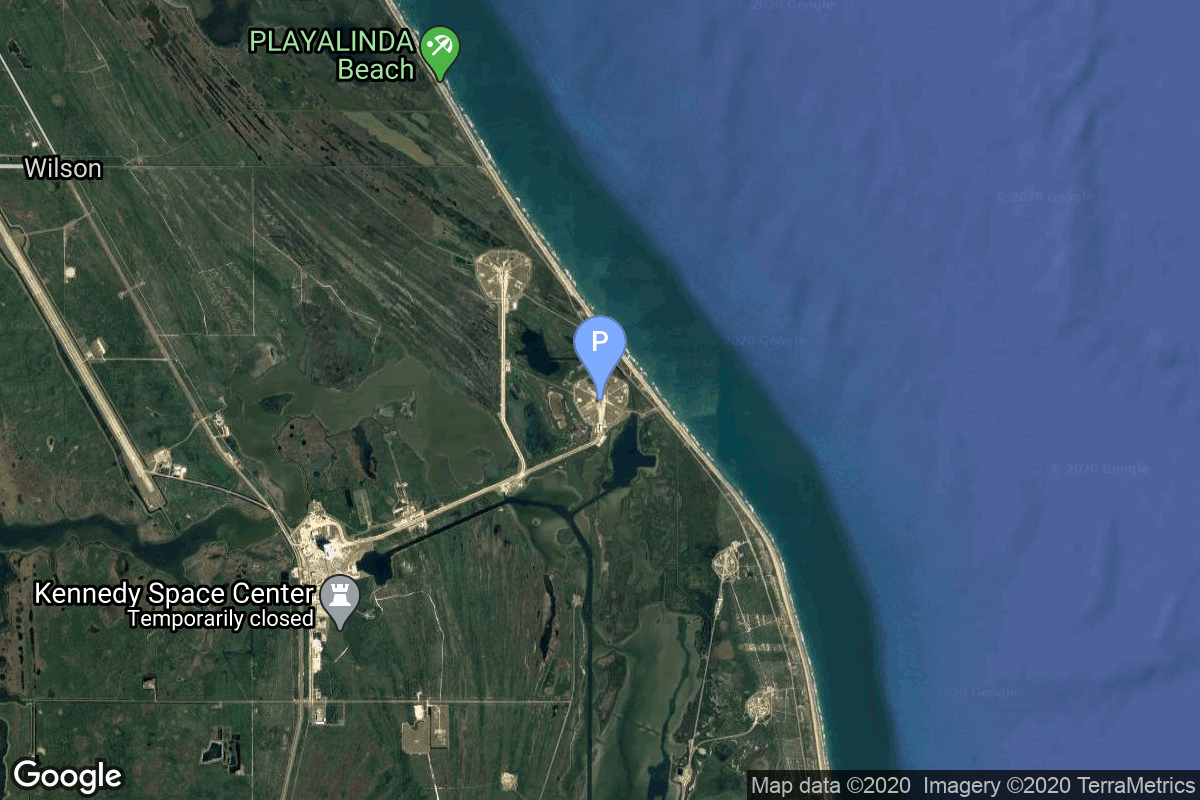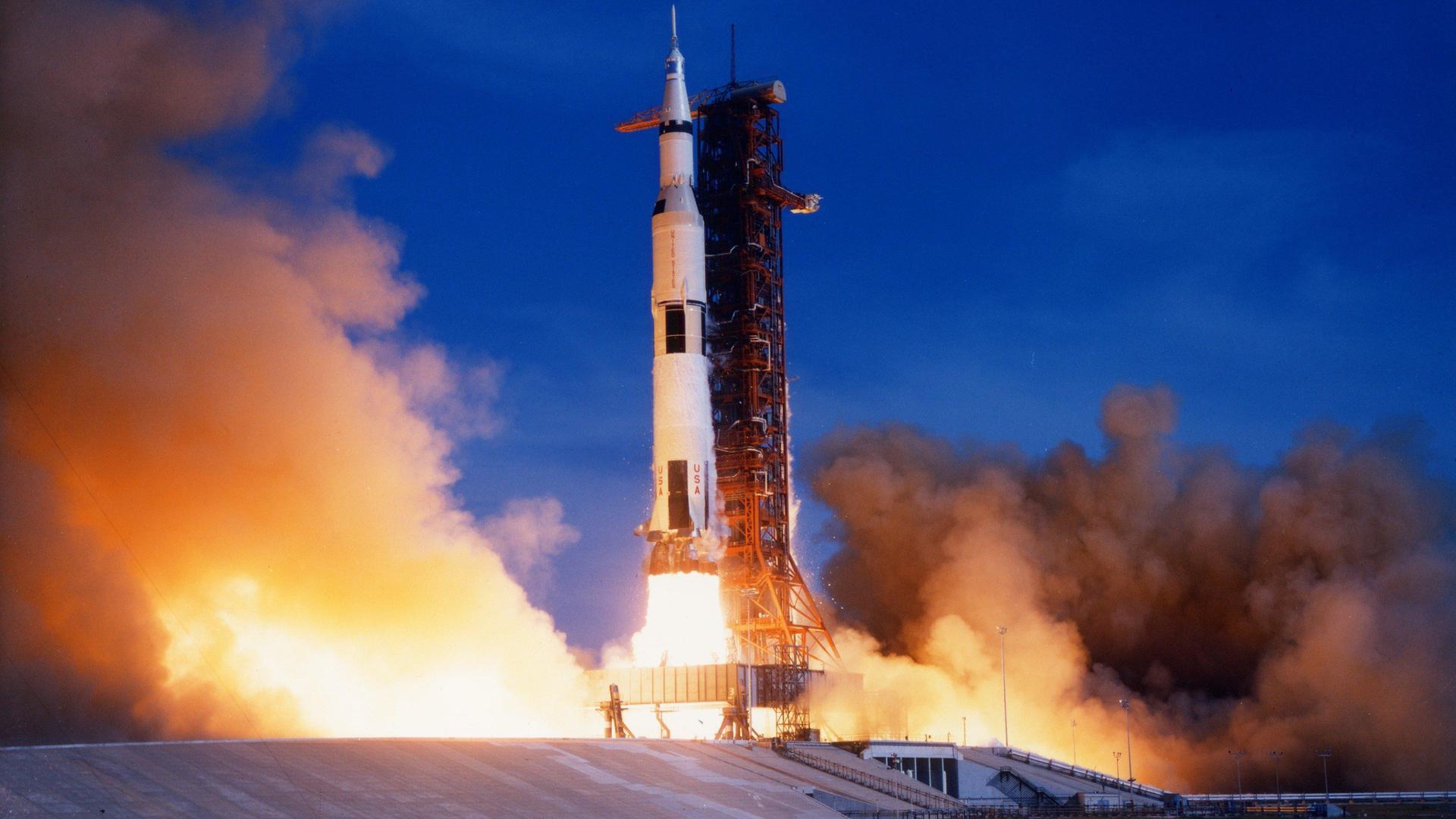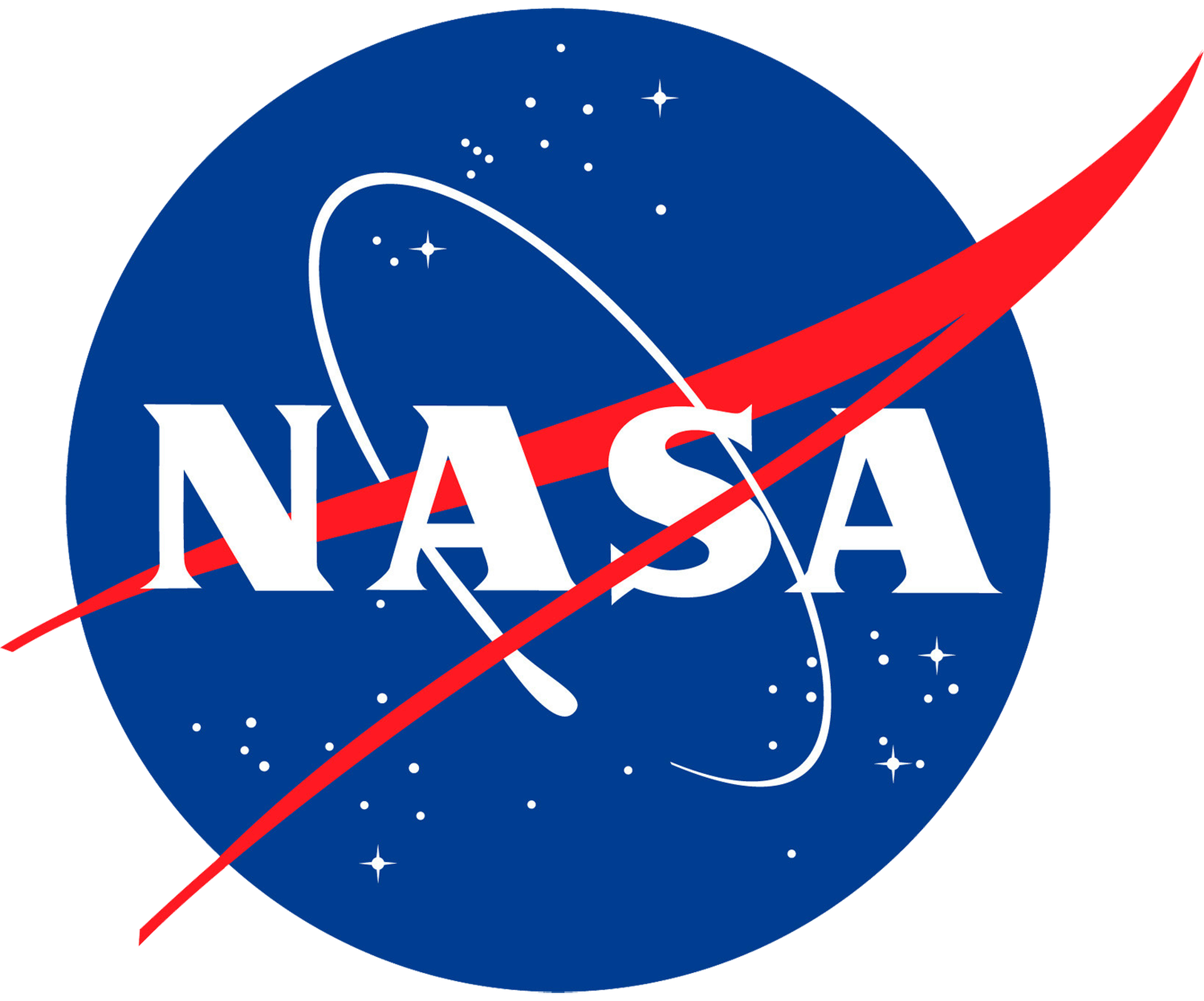Apollo 9
Saturn V
National Aeronautics and Space Administration
Crew
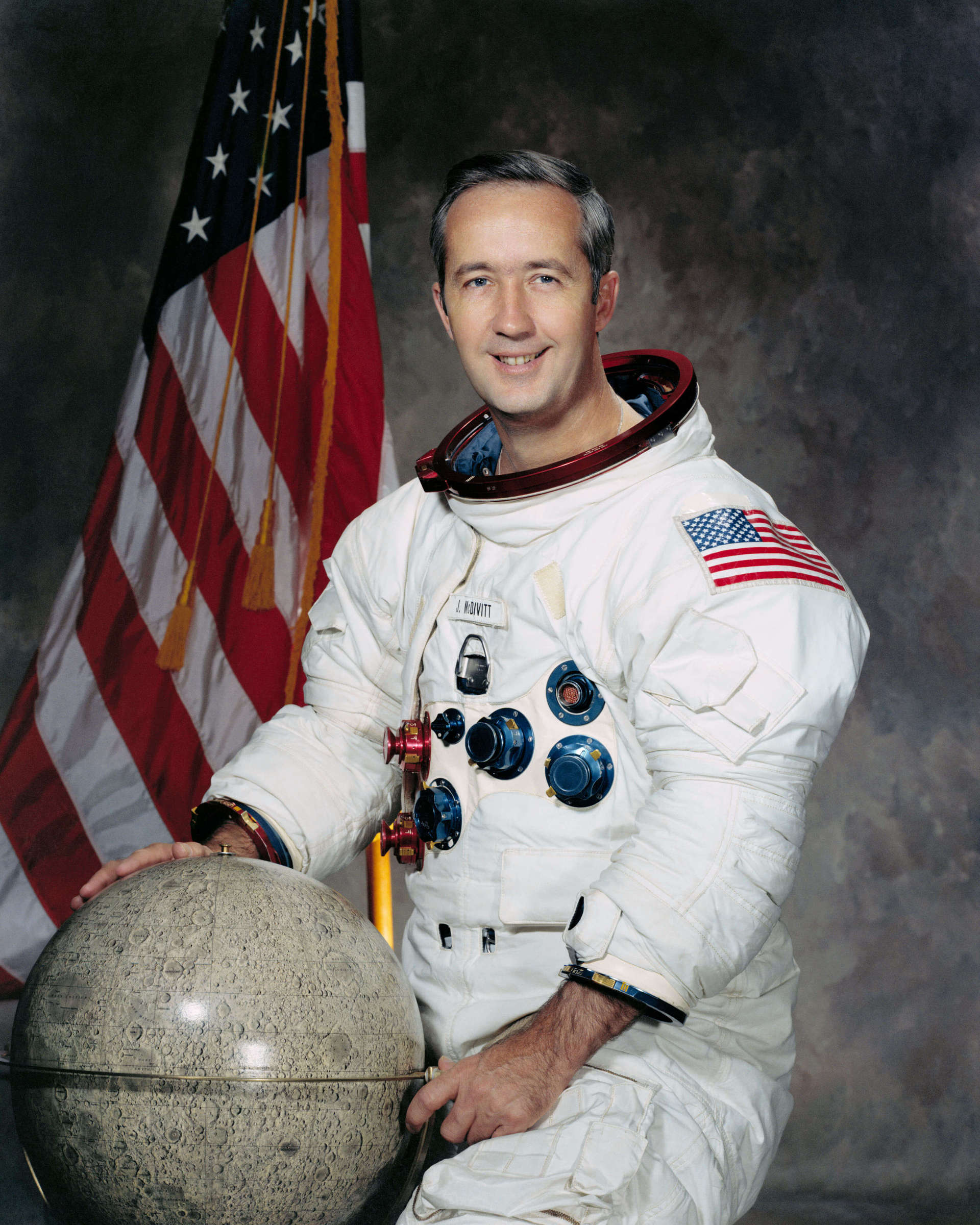
James McDivitt
- Birthday: 06/10/1929
- Role: Commander
- Nationality: American
- First Flight: 06/03/1965
- Last Flight: 03/03/1969
James Alton “Jim” McDivitt was an American former test pilot, United States Air Force pilot, aeronautical engineer, and NASA astronaut who flew in the Gemini and Apollo programs. He commanded the Gemini 4 flight during which Ed White performed the first U.S. spacewalk, and later the Apollo 9 flight which was the first manned flight test of the Lunar Module and the complete set of Apollo flight hardware. He later became Manager of Lunar Landing Operations and was the Apollo Spacecraft Program Manager from 1969 to 1972.
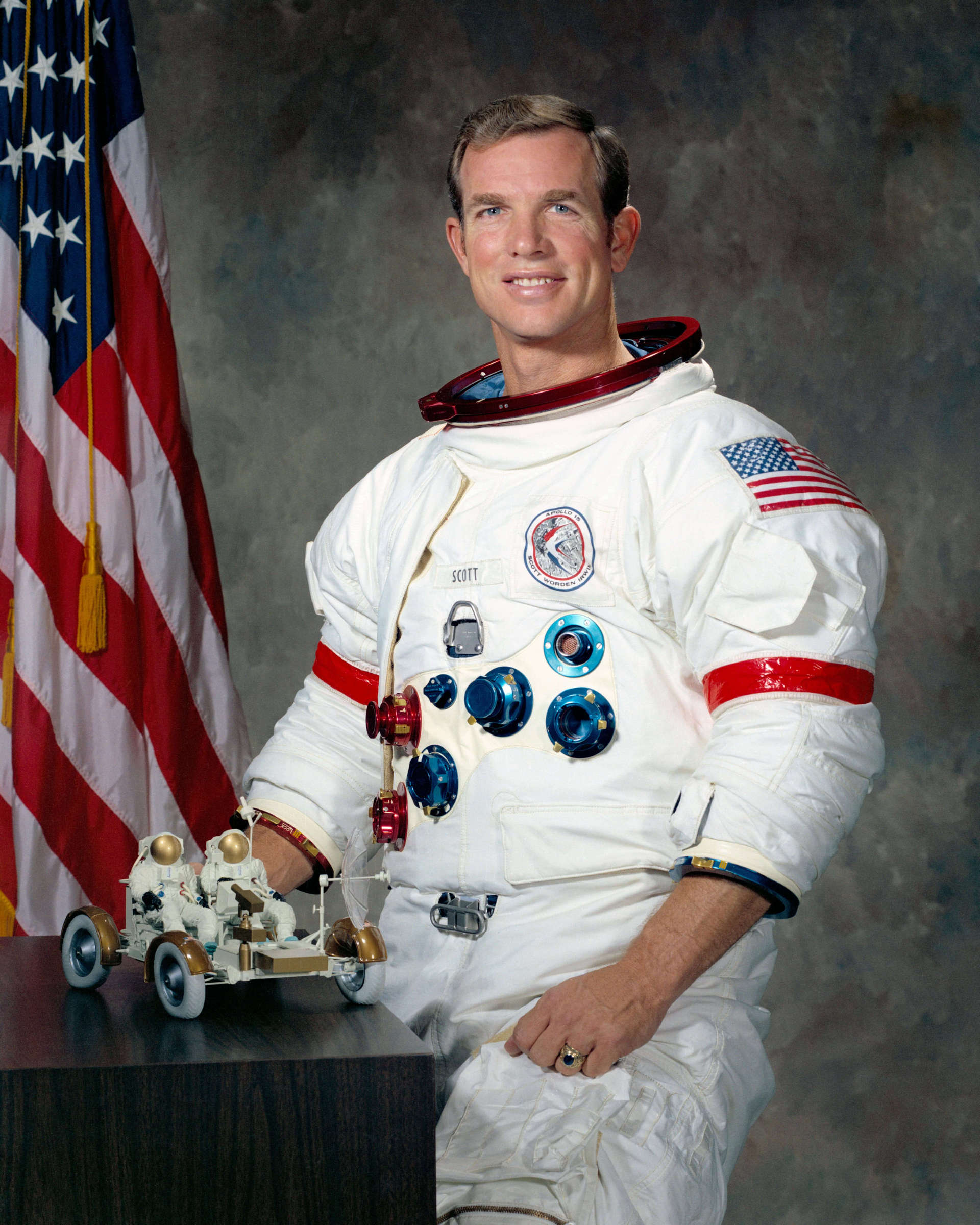
David Scott
- Birthday: 06/06/1932
- Role: Command Module Pilot
- Nationality: American
- First Flight: 03/16/1966
- Last Flight: 07/26/1971
David Randolph Scott is an American engineer, former NASA astronaut, retired U.S. Air Force officer and former test pilot. He belonged to the third group of NASA astronauts, selected in October 1963. As an astronaut, Scott became the seventh person to walk on the Moon. Following the death of John Young in January 2018, Scott became the last living commander of a successful Apollo lunar landing mission and, as such, the only person currently alive who has flown a spacecraft to a landing on the Moon.
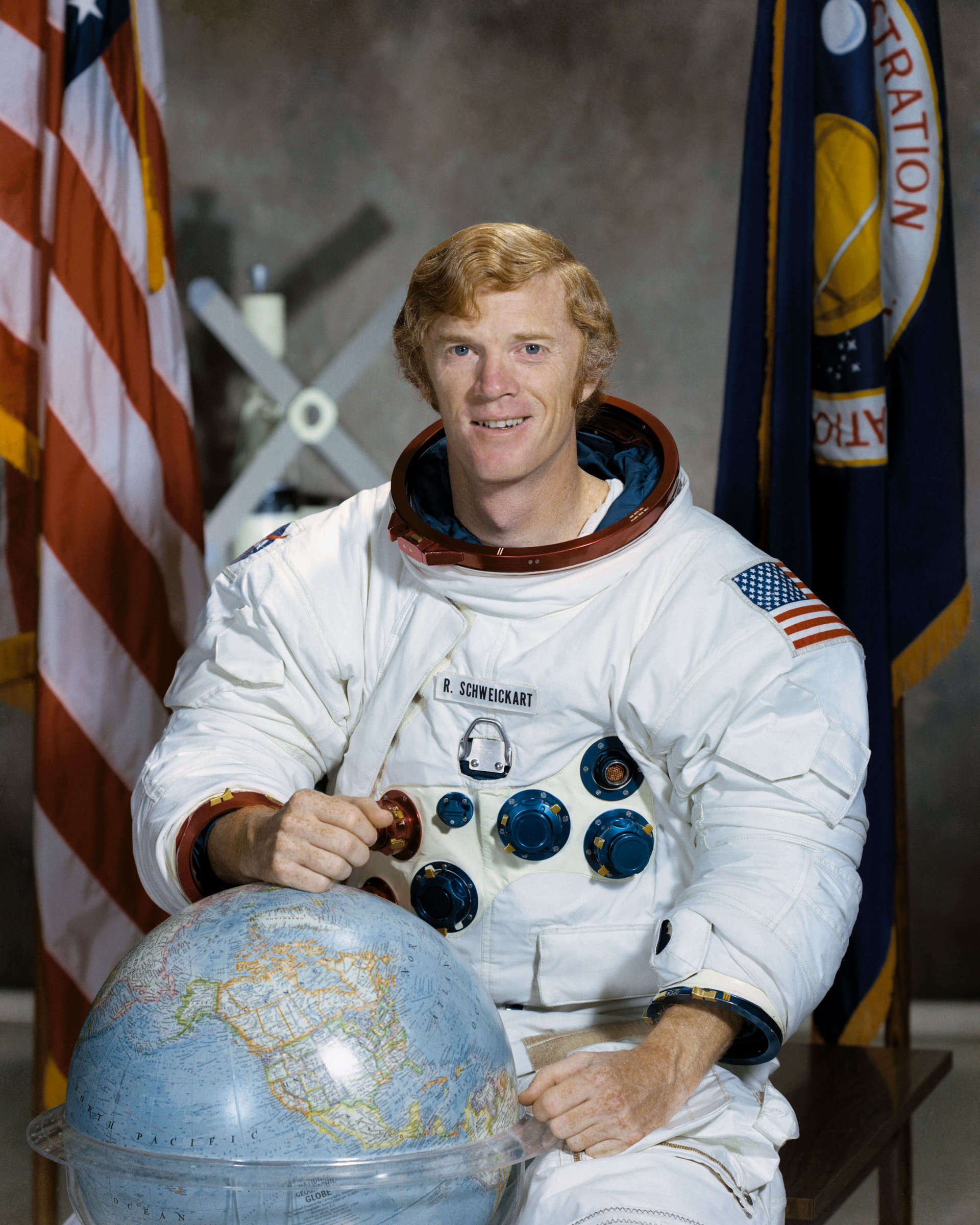
Rusty Schweickart
- Birthday: 10/25/1935
- Role: Lunar Module Pilot
- Nationality: American
- First Flight: 03/03/1969
- Last Flight: 03/03/1969
Russell Louis “Rusty” Schweickart is an American aeronautical engineer, and a former NASA astronaut, research scientist, U.S. Air Force fighter pilot, as well as a former business executive and government executive.
Selected in 1963 for NASA’s third astronaut group, he is best known as the Lunar Module Pilot on the 1969 Apollo 9 mission, the first manned flight test of the Lunar Module, on which he performed the first in-space test of the Portable Life Support System used by the Apollo astronauts who walked on the Moon. As backup Commander of the first manned Skylab mission in 1973, he was responsible for developing the hardware and procedures used by the first crew to perform critical in-flight repairs of the Skylab station. After Skylab, he served for a time as Director of User Affairs in NASA’s Office of Applications.
Schweickart left NASA in 1977 to serve for two years as California Governor Jerry Brown’s assistant for science and technology, then was appointed by Brown to California’s Energy Commission for five and a half years, serving as chairman for three.
In 1984–85 he co-founded the Association of Space Explorers and later in 2002 co-founded the B612 Foundation, a non-profit organization dedicated to defending Earth from asteroid impacts, along with fellow former astronaut Ed Lu and two planetary scientists. He served for a period as its chair before becoming its chair emeritus.
Mission
Location
Rocket
National Aeronautics and Space Administration Saturn V
The Saturn V was a human-rated expendable rocket used by NASA between 1967 and 1973. Most notably, the Saturn V took the Apollo program to the Moon. It still remains the world’s tallest, heaviest, and most powerful rocket ever brought to operational status and is the only launch vehicle to take humans beyond LEO.
Agency
National Aeronautics and Space Administration
The National Aeronautics and Space Administration is an independent agency of the executive branch of the United States federal government responsible for the civilian space program, as well as aeronautics and aerospace research. NASA have many launch facilities but most are inactive. The most commonly used pad will be LC-39B at Kennedy Space Center in Florida.
